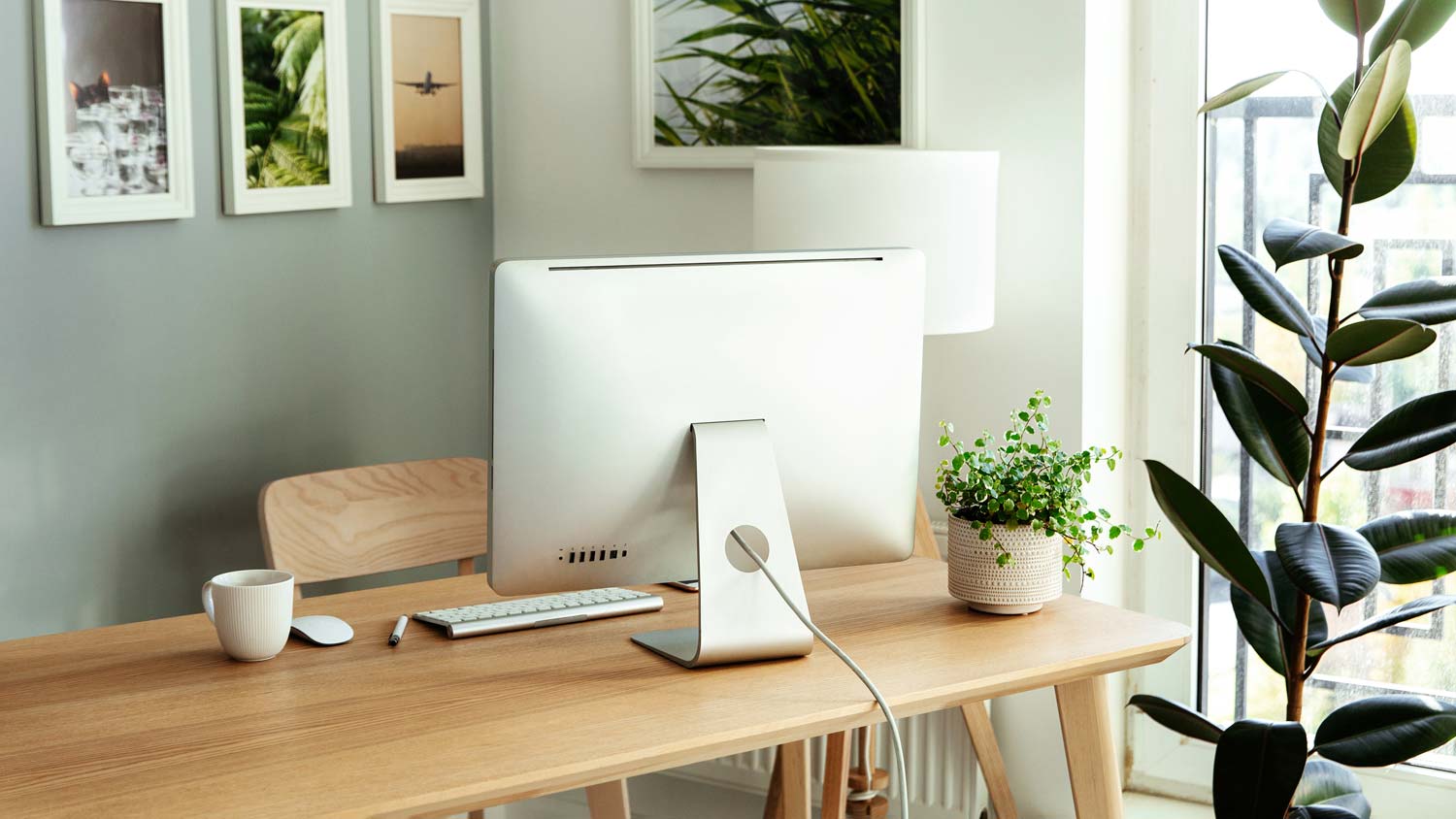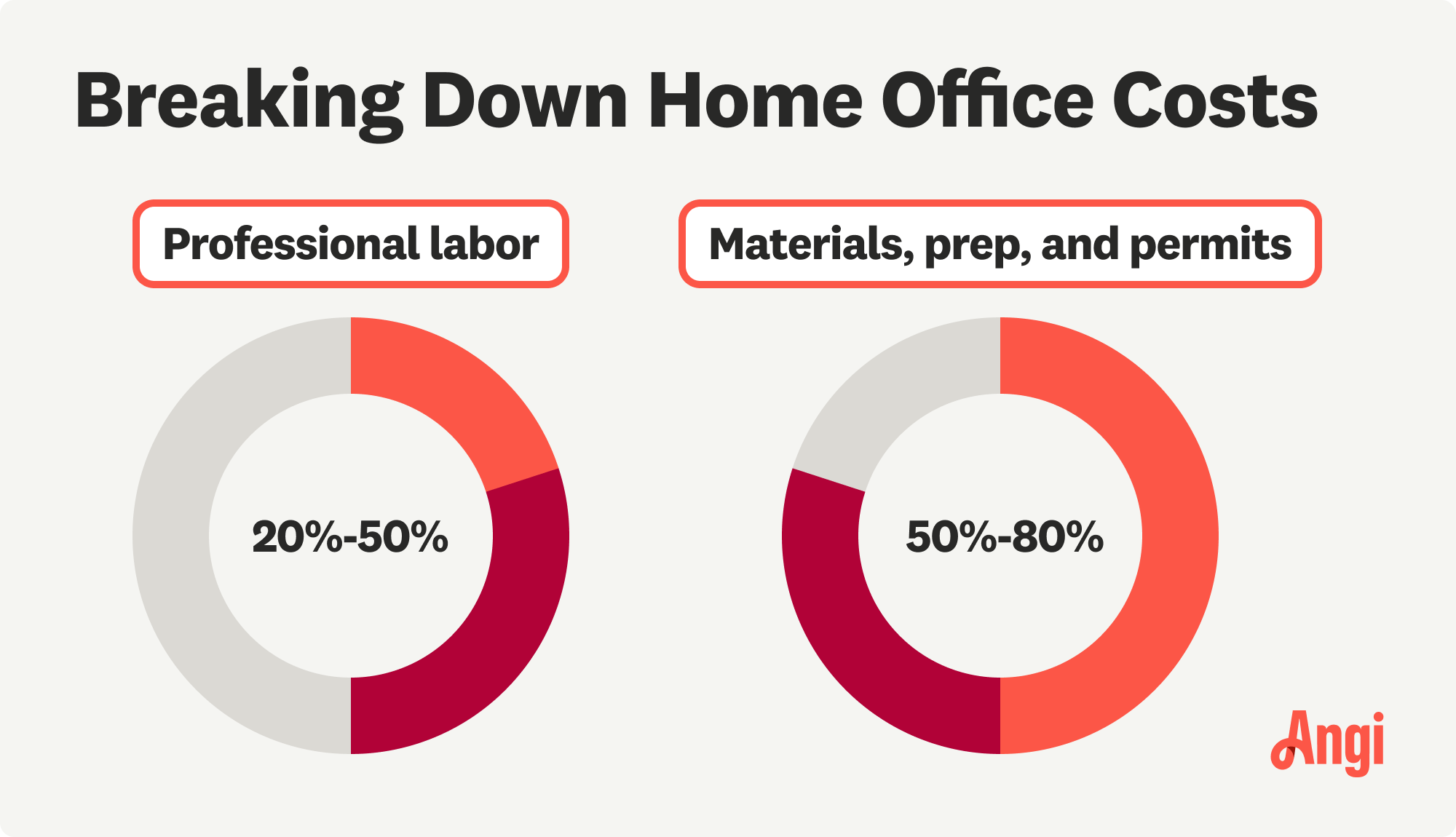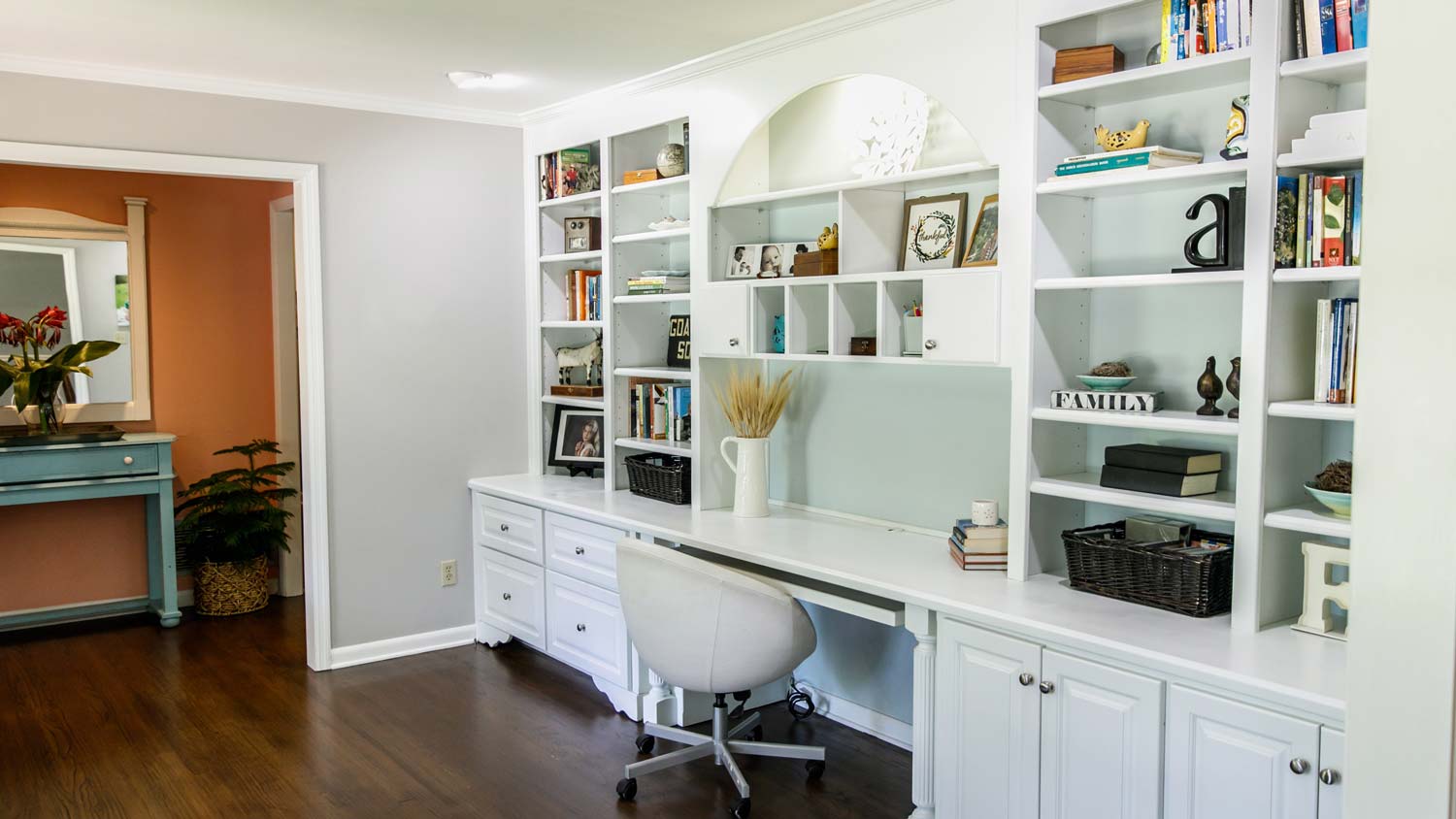
From budget-friendly builds to advanced plans fit for a gourmet chef, the price to build a kitchen can vary. Learn the average kitchen installation cost.
Reduce your tax liability


The home office tax deduction lets self-employed workers deduct expenses from a home office renovation.
Taxpayers can choose to calculate deductions using the “simplified” or “regular” method.
The simplified method lets you deduct $5 per square foot of your home office, up to 300 square feet.
The “regular” method lets you calculate the percentage of your home used for work and apply that to renovation costs.
If you're considering a home office renovation, you may wonder: are home office renovations tax deductible? The short answer is yes, they can be—but only if they meet specific criteria set by the Internal Revenue Service (IRS). Whether you’re doing a large renovation or making small improvements to a home office, learn which costs qualify and how to claim them.
The home office tax deduction allows eligible individuals to deduct certain expenses related to their home office, including renovations. However, not everyone qualifies. According to IRS rules, only self-employed individuals, independent contractors, or those with gig-based businesses can claim home office deductions. Employees working remotely, even if required by their employer, are not eligible to deduct home office expenses.
To qualify, your home office—whether it's part of your home or a separate structure— must meet two important IRS criteria:
Exclusive use: The space must be used exclusively for business purposes.
Regular use: You must regularly use the space for business.
This qualification means the area can’t serve more than one purpose, like being a guest room. It also needs to be a primary work area where you perform substantial work for your business regularly.

You can deduct two types of expenses for home office renovations: direct and indirect. All renovations must be necessary for the business use of the space. They may not be deductible if they don't meet the IRS requirements.
Direct expenses are renovations made to your home office space. Below are common examples of direct expenses:
Repainting the walls
Installing new shelves
Adding custom lighting
Replacing the flooring
Installing office-specific electrical outlets
Indirect expenses are broader home improvements that affect the entire home. Only a percentage of these costs can be deducted, based on the percentage of your home used as your office. Below are a few examples:
HVAC upgrades
Roof repairs
Upgrading plumbing
Not every home improvement qualifies for a deduction. Below are examples of non-deductible renovations:
Landscaping the yard
Renovating a kitchen or living room
Adding a deck or patio that is not connected to your home office
The IRS clearly states that personal expenses or general home upgrades that don’t directly affect the home office space are not deductible. Misclassifying personal expenses as business expenses can lead to penalties.


You can choose from two methods of calculating home office deductions: the simplified method and the regular method. Choosing one depends on the scope of your renovation and the percentage of your home used for business.
Simplified Method: This method allows you to deduct $5 per square foot of your home office, up to 300 square feet, for a maximum deduction of $1,500. This provides a straightforward option for small home offices with minimal renovation expenses.
Regular Method: With the regular method, you calculate the percentage of your home used for business purposes and apply that percentage to your renovation costs. For example, if your home office takes up 10% of your home’s total square footage, you can deduct 10% of the costs of indirect renovations.
Accurate documentation is critical when claiming home office renovation deductions. Keep receipts for all renovation costs and detailed records of when the renovations were completed. Track the percentage of your home used for business purposes, which will be key for calculating indirect expense deductions.
The IRS has the right to audit your tax returns, so maintaining meticulous records ensures you can prove your claims. Keep these records for at least seven years, as audits can happen long after the tax year. While some local home remodeling experts are familiar with tax deductions, you should also consult a tax pro to ensure you follow the latest regulations to maximize your deductions.
From average costs to expert advice, get all the answers you need to get your job done.

From budget-friendly builds to advanced plans fit for a gourmet chef, the price to build a kitchen can vary. Learn the average kitchen installation cost.

Remodeling your bathroom can add significant value to your home. Your bathroom remodel cost will depend on size, fixtures, materials, labor, and other factors.

How much does a showerhead cost? Whether your current showerhead is broken or you want more pressure, you have many options to upgrade your showering experience. Learn the average price for various showerheads, features, and more.

DIY sink installation is a doozy but do-able for those with experience. Use this guide to learn how to install a bathroom sink in a few steps.

An updated bathtub can give a bathroom a whole new look. Find out how much it costs to replace a bathtub in Tampa, FL, including prices by type and labor costs.

An updated bathtub can give a bathroom a whole new look. Find out how much it costs to replace a bathtub in San Francisco, CA, including prices by type and labor costs.